Traditional music with young peopleWe still assume that many young people today are turning their backs on traditional music . But is the reality really that bad? Looking at the efforts to bring traditional music to young people in recent times, we can see that if we really have enthusiasm, determination, and perseverance, then everything, no matter how difficult, can have sweet results. To see that we have to get started, bring traditional music into life, and reach out to young people, we will not feel too pessimistic. The Journalist & Public Opinion newspaper has a special topic "Traditional Music with Young People" to clarify these things. |
Traditional Music: There were times like a candle in the wind
Surely many people still remember, around the 80s and before, besides the very popular Western music trends that were introduced to Vietnam with big names like The Carpenters, ABBA, Boney M, Bee Gees, Modern Talking, Wham!, Scorpions... that made young people crazy, traditional Vietnamese music with genres like tuong, cheo, cai luong, quan ho, ca Hue ... still had its own place, not being overshadowed.
At that time, youth music in general, Western music in particular and traditional music in the country coexisted, creating a rather interesting picture of musical life in the country. If at weddings, parties, and events... young people were excited and enthusiastic with the vibrant, attractive and new music of ABBA, Boney M, Bee Gees, Modern Talking... recorded from vinyl records, reel-to-reel tapes, cassette tapes... then on the contrary, the Cai Luong shows every Saturday night on television, and especially the Tuong, Cheo, Cai Luong performances at cooperatives or stadiums were always crowded with young people coming to watch.
At that time, the generation born in the 70s and 80s of the last century loved traditional music as much as young people. Enjoying traditional music at that time was not easy, mainly through radio and television, occasionally there were opera troupes performing, and later there were cassette tapes.
If in the North there are Quan Ho and Cheo, then in the South there are Tuong and Cai Luong. In fact, in the South, the development of Cai Luong sometimes overshadowed that of modern music. During the golden age of Cai Luong, each performance always attracted thousands of spectators, sometimes the audience had to line up to buy tickets on the black market.
Therefore, it is understandable that many young people in the South remember and know by heart famous vọng cổ, cải lương or tuong songs such as: Tình anh bán chỉ, Dạ cổ hoài lang, Lưu Bình Dương Lễ, Tô Ánh Nguyệt, Đời Cô Lụu... And at that time, famous artists such as Út Trà Ôn, Hữu Phước, Thành Dực, Hùng Cường, Tấn Tài, Dũng Thanh Lâm, Minh Cảnh, Minh Phụng, Thanh Nga, Ngọc Giàu, Bạch Tuyết, Minh Vương, Lệ Thủy, Út Bạch Lan, Thanh Sang... were their idols.
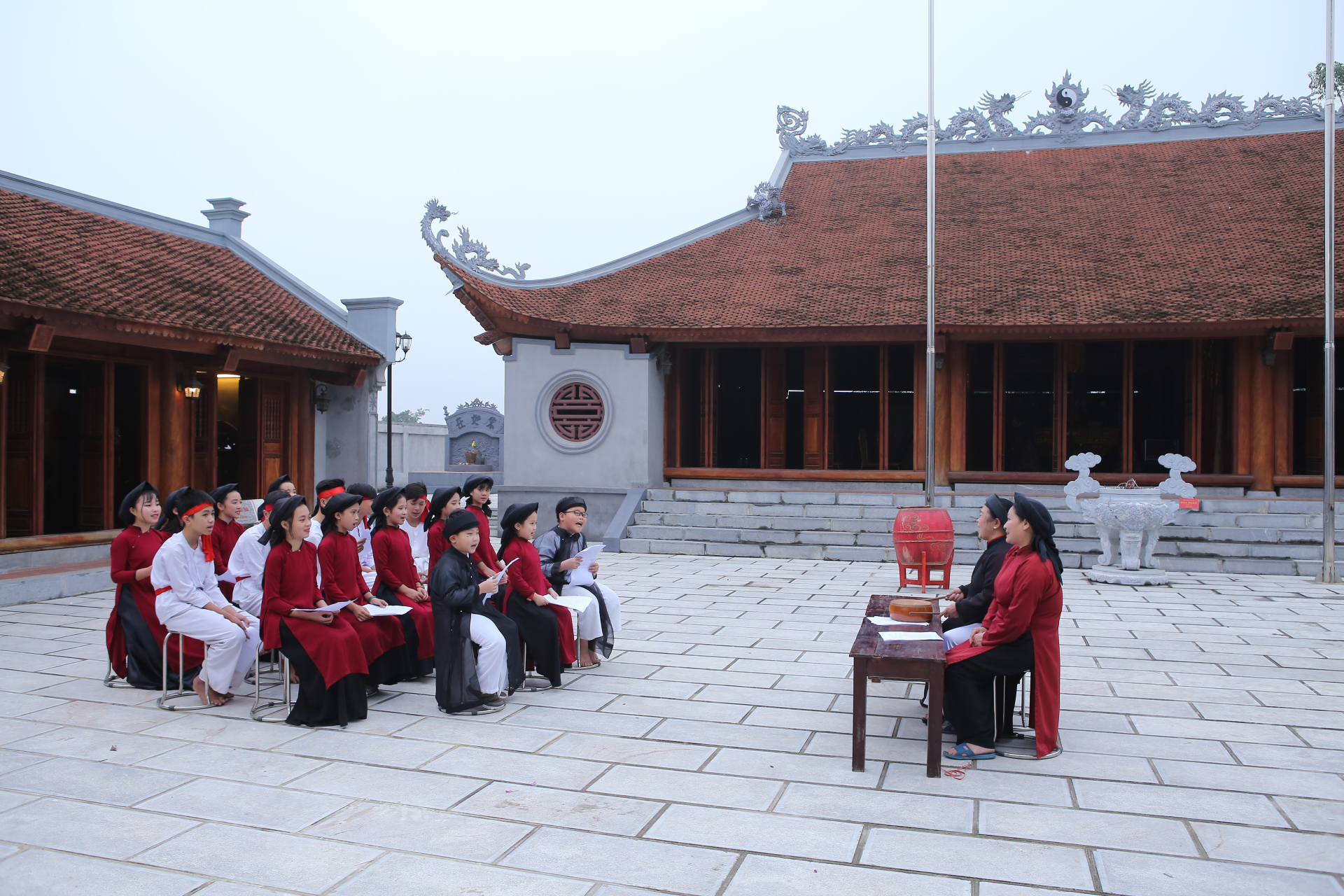
Xoan singing art class in An Thai Xoan ward, Phu Tho province. Photo: Cong Dat
By the 90s, traditional music began to weaken to give way to new music trends, especially when the Internet developed strongly along with the policy of open communication with the outside world being strengthened and more open. From here, people saw fewer and fewer opera troupes returning to the countryside, the cai luong stages were also without lights... instead, there were grand new music shows with splendid electronic sounds and lights and along with that was the appearance of more and more new forms of music distribution and enjoyment through the Internet, digital music...
The rapid and strong development of modern music like big waves not only divides the audience but also pushes traditional music further away from the audience, especially the young audience. Many traditional music genres are gradually losing their audience, artists are struggling to find audiences, some genres are even at risk of disappearing.
In particular, there is an undeniable fact that young people are no longer as interested in traditional music as before, instead they seek for themselves new forms of musical entertainment that are considered more attractive and more suitable. This makes traditional music sometimes likened to a "lamp in the wind", flickering and about to go out before the storm of foreign culture that is surrounding them from all sides.
The indifference of young people to traditional music has many causes, both objective and subjective, and has also consumed a lot of ink from researchers, critics, and managers.
Discussing this issue, in 2021, in a survey report of students of the Faculty of Cultural and Art Management (Ho Chi Minh City University of Culture) on "The taste of traditional Vietnamese music of today's youth", there was a very worthy idea for us to ponder, which is: "Traditional Vietnamese music does not attract young people partly because its artistic value is high and difficult to perceive, young people will be easily attracted by easy-to-listen and attractive musical elements (such as kpop music, dance music, or remix... - PV), they will pay less attention to the deep artistic values in a work. On the other hand, traditional Vietnamese music also lacks the flexibility and creativity to be able to adapt to new stages while still maintaining its own core values".
The opinions of young people and those involved as above are perhaps what make us think before finding the answer to the question: "Are young people really turning their backs on traditional national music?".
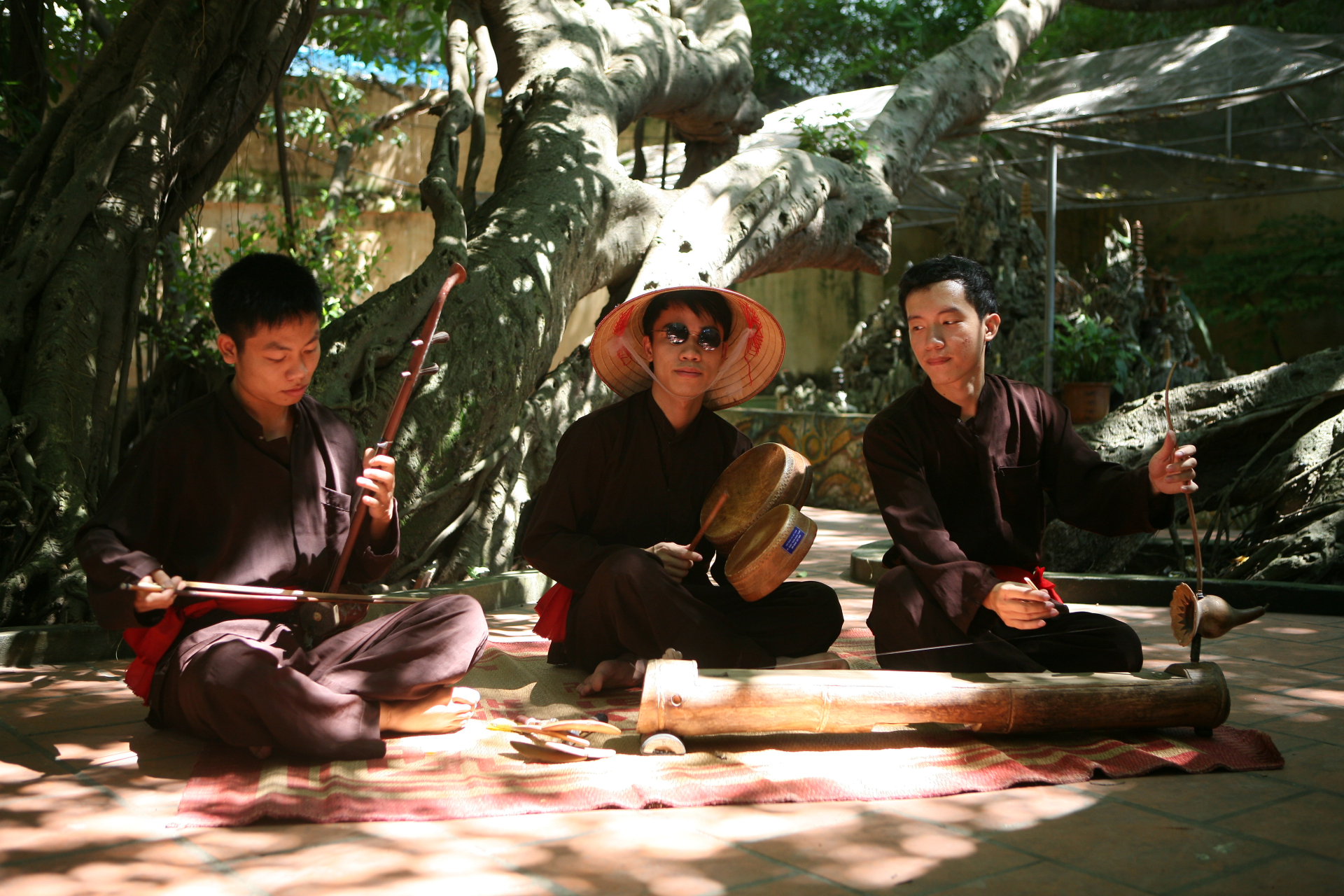
Young people participate in activities at a Xam singing club in Hanoi. Photo: Cong Dat
From the reality of the people involved
The insiders here are the young people, the 8X, 9X and Gen Z generations today. They are the generation of the 4.0 revolution, influenced by new cultures, new trends, new lifestyles... so it is understandable that this generation is said to be no longer interested in traditional music. So is that completely true as we think?
However, Associate Professor - Musician Dang Hoanh Loan - who has spent almost his entire life researching, preserving and developing traditional music, has a more open and rational view when he said: "Today's young generation has not turned their backs. Because if they really turned their backs, traditional music would have died out."
Through practical observations and research sources, it can be seen that, currently, traditional music is facing the challenges of the times, especially in the context that our country is introducing many different, vibrant, modern music genres that easily attract young people to enjoy. Therefore, traditional music is "inferior" compared to other art forms, which makes the younger generation not pay much attention, or do not have the conditions to pay much attention to traditional music.
However, if we observe carefully, the reality is not exactly like that because our traditional music is still like a persistent underground stream flowing in the middle of a vast ocean of new music trends.
And in that vast ocean of difficult-to-orient shores, besides a generation of young people who are attracted by the flashiness and overwhelmingness of new music genres, there are also many young people who feel interested and find love for the charming pentatonic scales of "ho, xu, xang, xe, cong" or the profound and erudite stories and layers of plays. There are even young people who boldly embark on the thorny and difficult path of renewing traditional music by bringing traditional music into modern music to create something fresher, closer and more attractive. Those activities, if not passionate and loving, are difficult to pursue, especially in the context of globalized music like today.
Therefore, it is not difficult for us to find movements, bands, and folk music clubs that are developing and asserting their position in the current diverse and complex cultural environment such as: School stage movement in the South, "Quintessence of Vietnamese music" program in the North, Cam Ca Club, Ca Tru Thai Ha Club, Traditional Musical Instruments Club (FPT University), Nha Am Project, Cheo 48h Group... run by young people themselves and gathering a large number of young people to participate in playing, performing and aiming to preserve traditional musical artistic values.
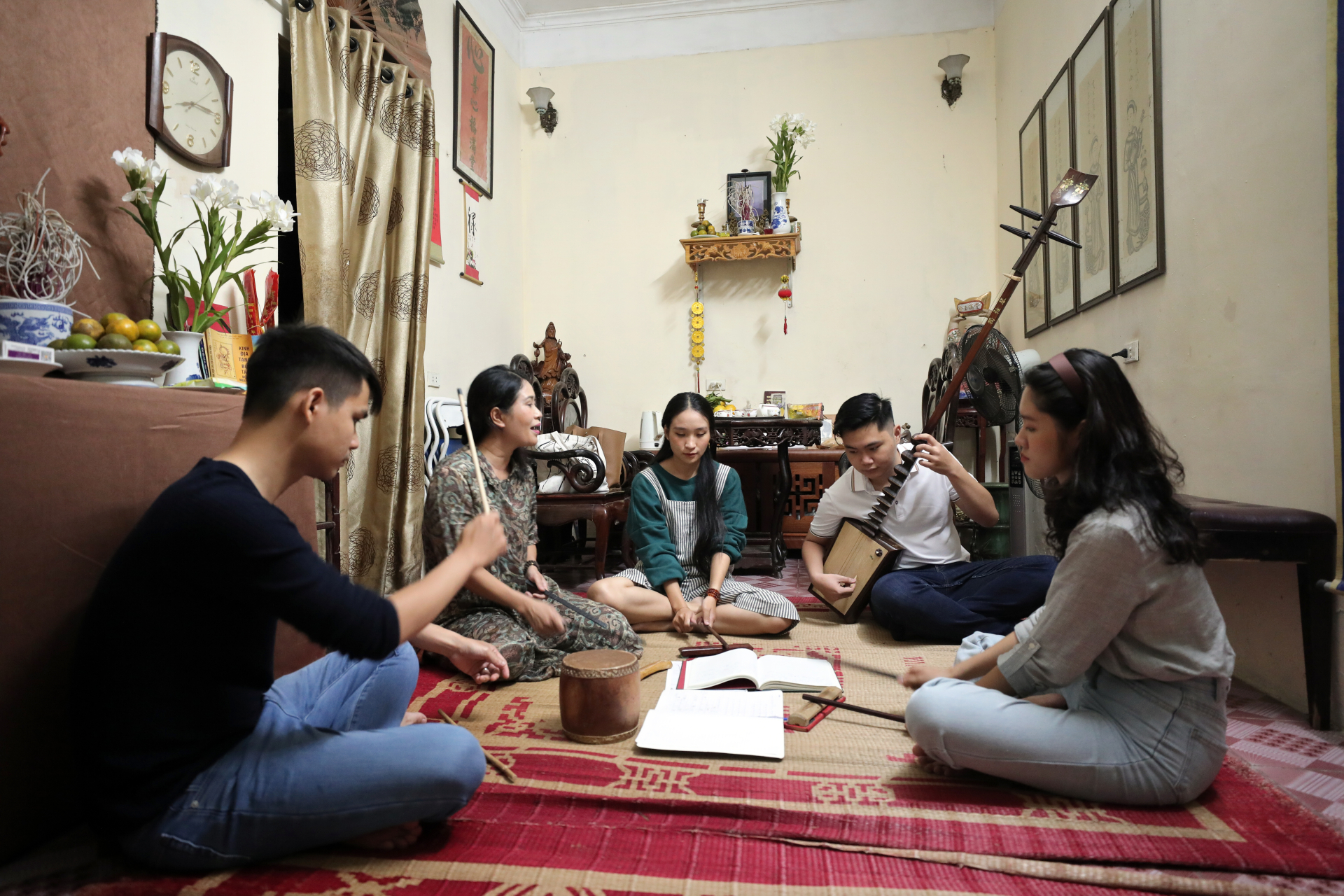
More and more young people are turning to the art of Ca Tru. Photo: Cong Dat
Going far away to the countryside, the villages of ethnic minorities also have countless classes of Cheo, Quan Ho, Hat Xoan, Then, Vi Dam, Ca Hue, Gong Chinh... for the young generation taught by the artisans themselves in a hands-on way. This shows that the young generation does not and has never turned their backs on traditional music.
The fact that a large number of young people today are still indifferent to traditional music is ultimately a natural phenomenon, easy to understand under the influence of the cultural and social environment when their own resistance is not strong enough, combined with the orientation of family, school and society is not strong enough. The problem is that we must find a solution to bring traditional music to young people as well as bring young people to traditional music.
Discussing this issue, music researcher, theorist, and critic Nguyen Quang Long - who has spent many years researching traditional music and is also the one with many projects to bring traditional music to young people, once said: To preserve and develop traditional music, it is necessary to start from education. Education does not necessarily have to be too rigid, but needs to be comfortable, but must be within the regulations of the subjects.
When traditional music is included in the curriculum, it is like we train skills so that children know its value. Through that, when they grow up, although they discover new things, they do not forget traditional values. Even when they discover new things, at some point they will look back and realize that traditional Vietnamese music is very interesting.
“I think if young people have more opportunities to access it, many young people will not reject traditional art. And if they like it with the mindset of enjoying art, it will be the most practical way to preserve it,” researcher Nguyen Quang Long emphasized.
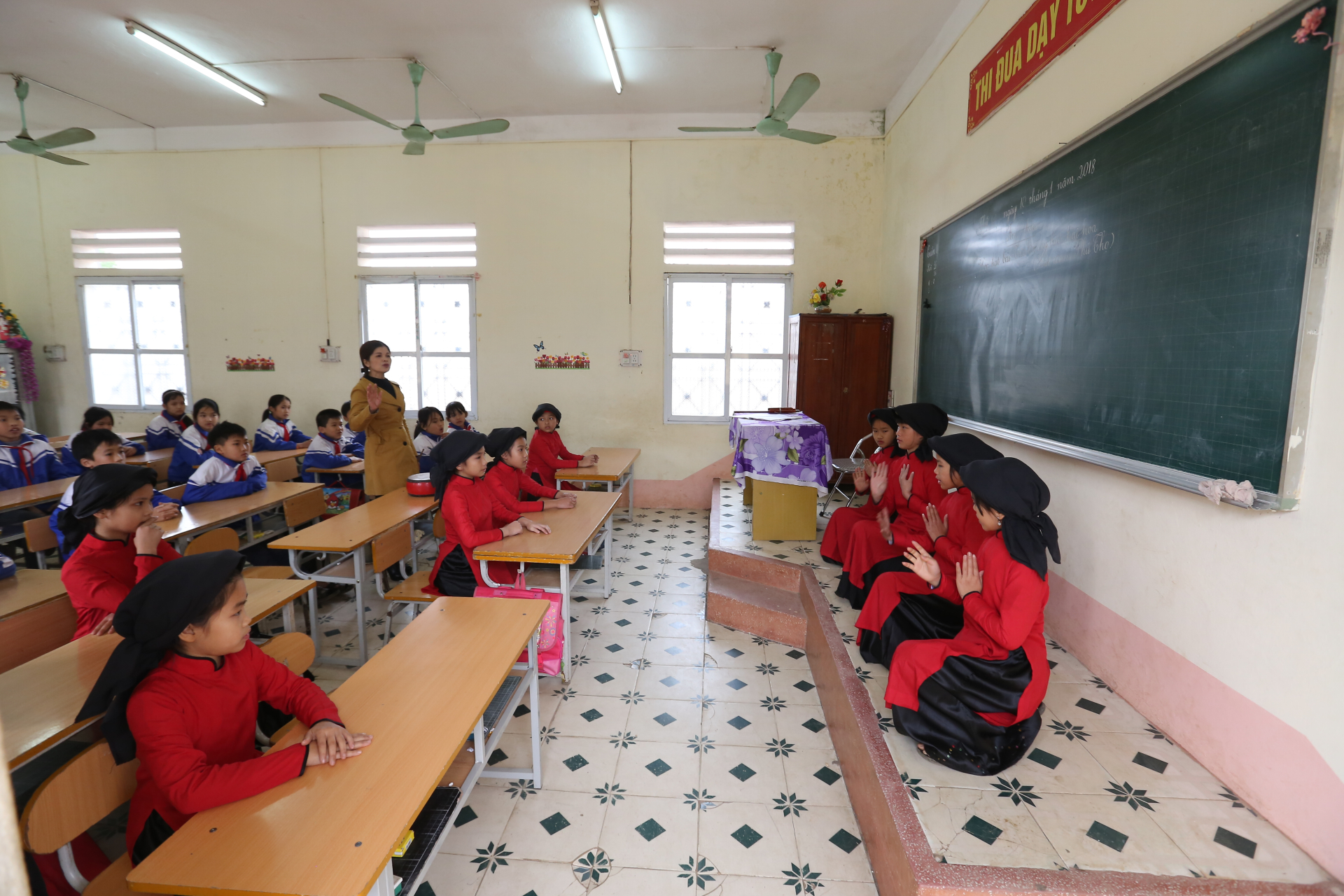
Xoan singing art class in An Thai Xoan ward, Phu Tho province. Photo: Cong Dat
Besides, according to musician Dang Hoanh Loan, nowadays, the teaching of traditional music in localities faces many difficulties, folk melodies that have been created and preserved by many generations of ancestors are now only inherited by older artists. Although many people, especially the younger generation, still have an attitude of respecting the traditional folk music heritage of their homeland, they are not able to perform those melodies accurately and in the right style.
“Therefore, I think that in order to continue the quintessence of the nation, we need to focus on organizing classes, organizing classes locally so that young artists who sing well and play instruments well can teach younger children. Because folk art is an oral art, an art of self-experimentation and self-creation” – musician Dang Hoanh Loan emphasized.
It can be said that, despite the many difficulties and temptations in reality, today's youth have not turned their backs on traditional music. Although not as vibrant, boisterous and grand as contemporary music movements, the playgrounds and activities of young people for traditional music are still taking place and are increasingly practical and effective, attracting more and more attention and support from society. And thanks to that, traditional music is strongly promoted to the public at home and abroad.
That shows that the youth and traditional music will always go hand in hand with the cultural flow of the nation. Because as music researcher Dang Hoanh Loan said: "Today's young generation does not turn their backs on traditional music".
Thanh Hoa
Source: https://www.congluan.vn/neu-gioi-tre-quay-lung-am-nhac-truyen-thong-da-lui-tan-post299944.html





![[Photo] The 5th Patriotic Emulation Congress of the Central Inspection Commission](https://vphoto.vietnam.vn/thumb/1200x675/vietnam/resource/IMAGE/2025/10/27/1761566862838_ndo_br_1-1858-jpg.webp)




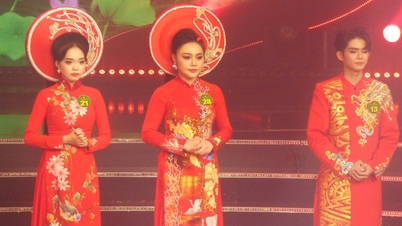




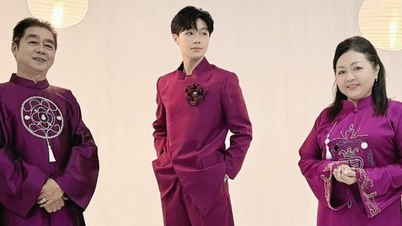


















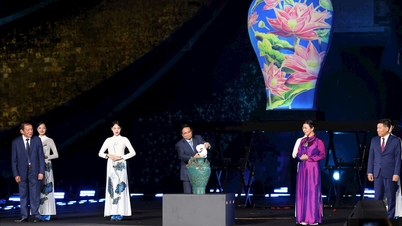



![[Photo] Party Committees of Central Party agencies summarize the implementation of Resolution No. 18-NQ/TW and the direction of the Party Congress](https://vphoto.vietnam.vn/thumb/1200x675/vietnam/resource/IMAGE/2025/10/27/1761545645968_ndo_br_1-jpg.webp)
![[Photo] National Assembly Chairman Tran Thanh Man receives Chairman of the House of Representatives of Uzbekistan Nuriddin Ismoilov](https://vphoto.vietnam.vn/thumb/1200x675/vietnam/resource/IMAGE/2025/10/27/1761542647910_bnd-2610-jpg.webp)



































![[Photo] Prime Minister attends the 28th ASEAN-China Summit](https://vphoto.vietnam.vn/thumb/402x226/vietnam/resource/IMAGE/2025/10/28/1761624895025_image-2.jpeg)
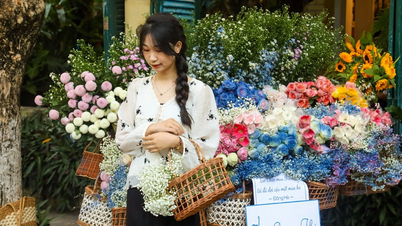


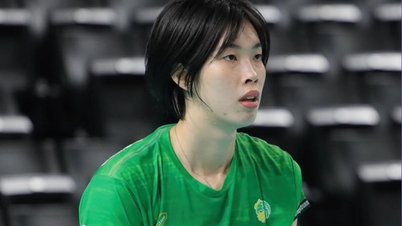











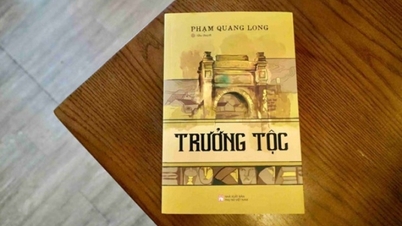









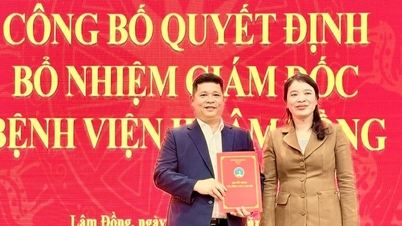












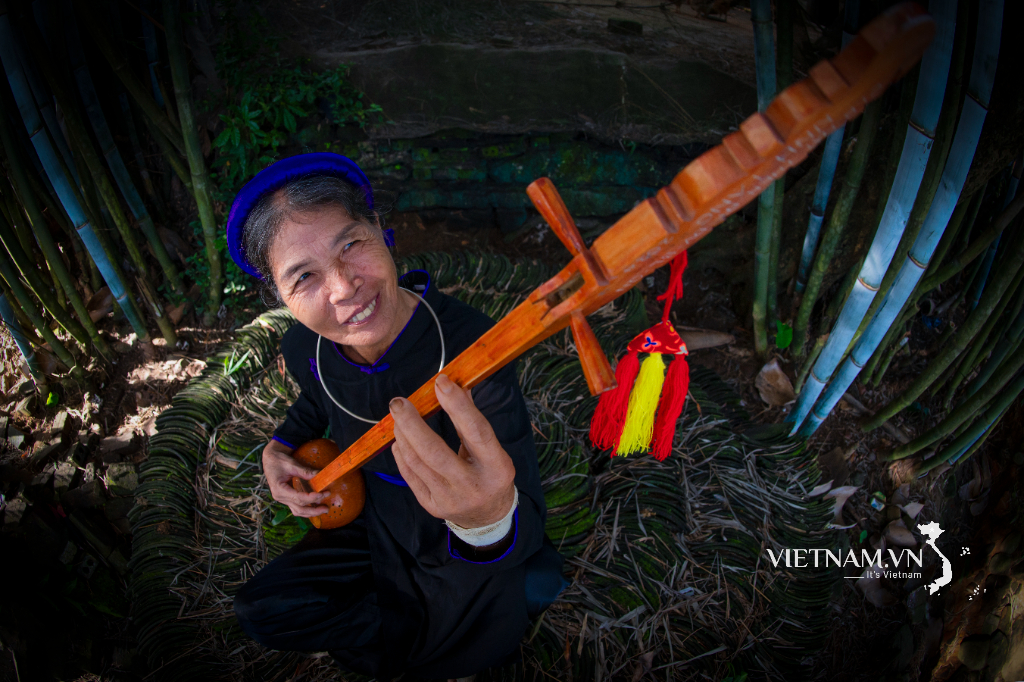



Comment (0)